On Thursday, it was announced that prolific writer Joan Didion had died at the age of 87.
An executive at her publisher, Knopf, confirmed the author's death to TODAY in an email and said that Didion passed away at her home in Manhattan from Parkinson's disease.
Here, we round up seven necessary reads by the late author, who was best known for work on mourning and essays and magazine contributions that captured the American experience.
Here are the best books by Joan Didion:
'The Year of Magical Thinking' (2005)
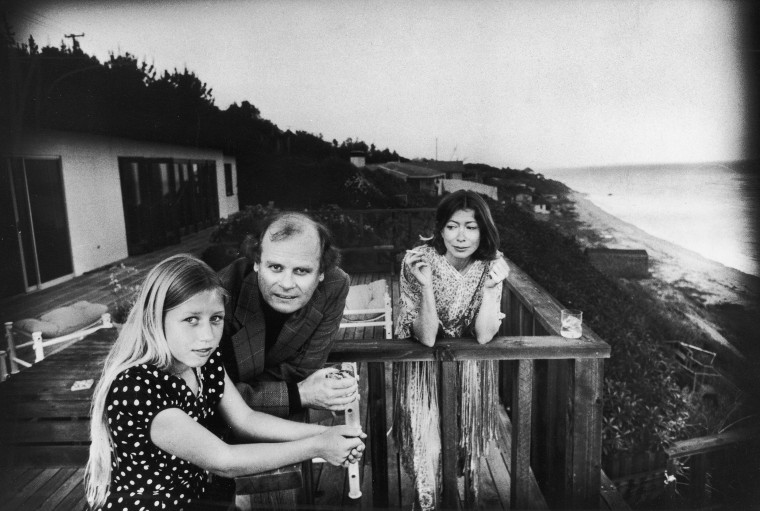
Probably her best known work, this gutting work of non-fiction profiles Didion's experience grieving her husband John Gregory Dunne while caring for comatose daughter Quintana Roo Dunne.
"The Year of Magical Thinking" quickly became an iconic representation of mourning, capturing the sorrow and ennui of that period. It won numerous awards, including the Pulitzer Prize and National Book Awards, and was later adapted into a play starring Vanessa Redgrave.
'Blue Nights' (2011)
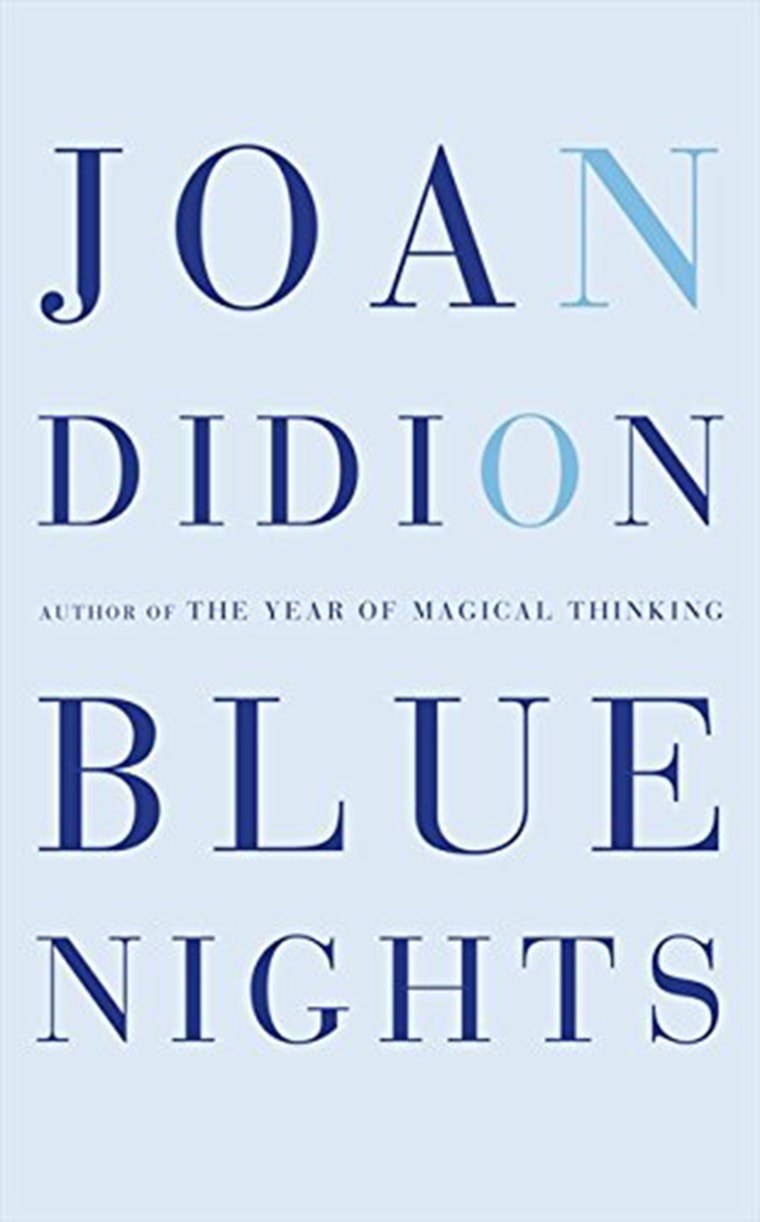
A continuation of what is started in "The Year of Magical Thinking," this poignant 2011 work of non-fiction features personal and heartbreaking memories of Quintana, who passed away at the age of 39, not long after Didion's husband died.
"It is a searing inquiry into loss and a melancholy meditation on mortality and time,” wrote book critic Michiko Kakutani of the New York Times.
'Slouching Towards Bethlehem' (1968)
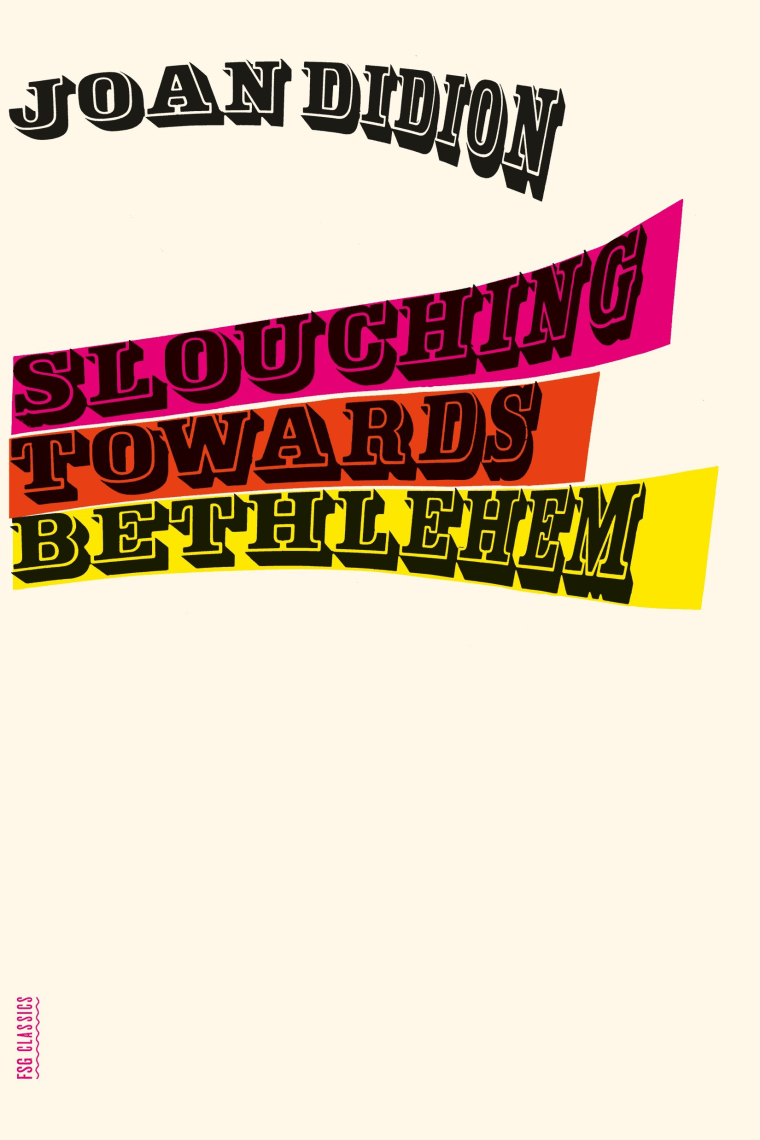
Didion's first collection of nonfiction writing is revered as an essential portrait of America — particularly California — in the 1960s.
It focuses on her experience growing up in the Sunshine state, icons of that time John Wayne and Howard Hughes, and the essence of Haight-Ashbury, a neighborhood in San Francisco that became the heart of the counterculture movement.
'The White Album' (1979)
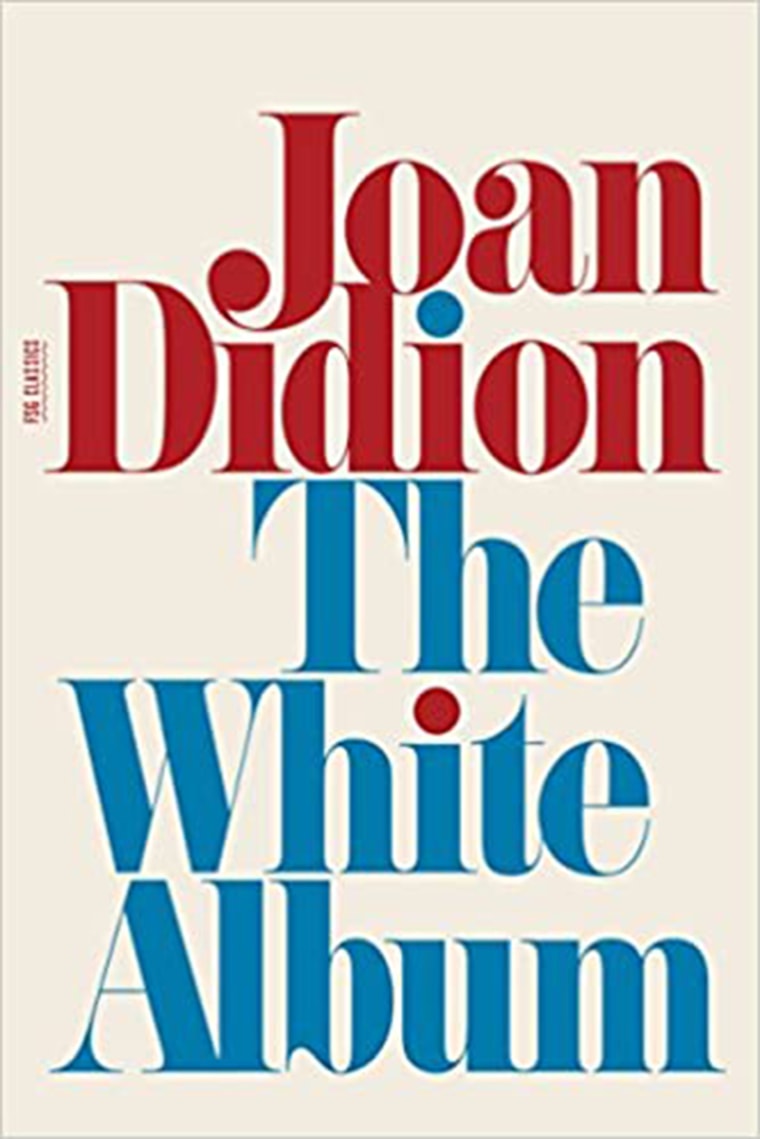
A reflective collection of essays, "The White Album" explores several of the same topics Didion touched on in "Slouching Towards Bethlehem," this time focusing on the history and politics of California in the late 1960s and early '70s. Its matter-of-fact and intimate stories give the reader a feeling of what California and the atmosphere was like during that time period.
'Play it as it Lays' (1970)
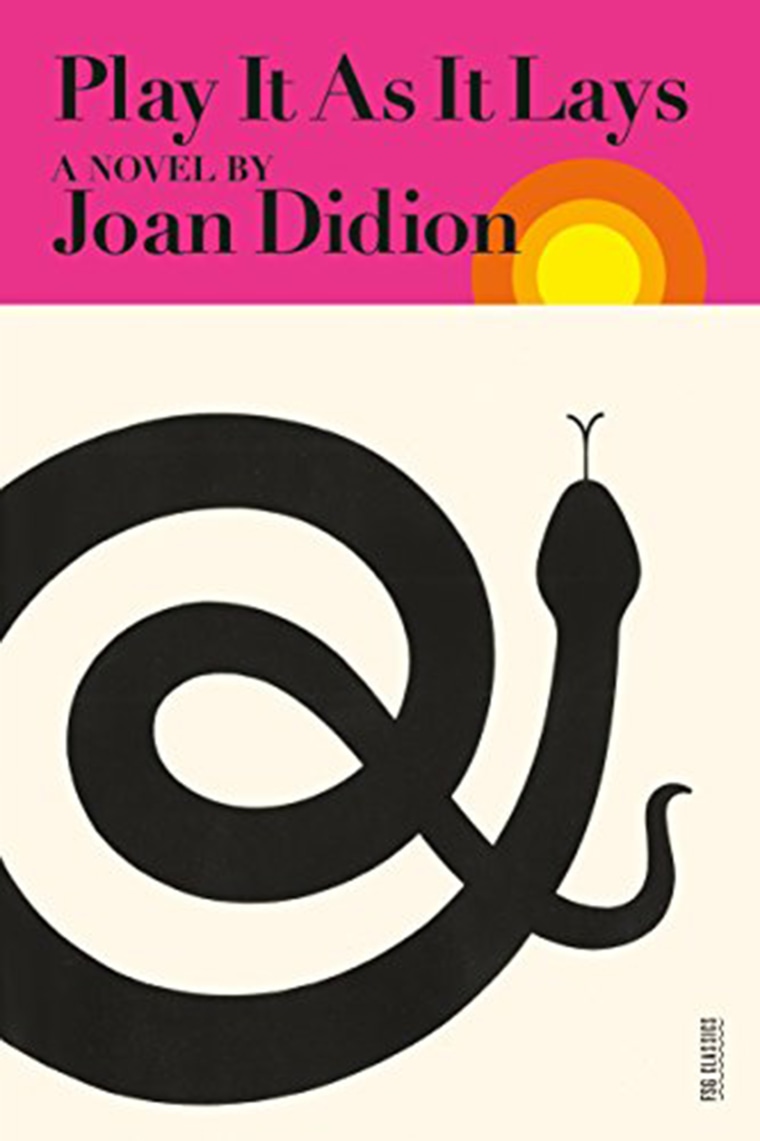
Set during a time before Roe vs. Wade, this terrifying and at times disturbing novel profiles a struggling actress living in Los Angeles whose life begins to unravel after she has a back-alley abortion.
"(Didion) writes with a razor, carving her characters out of her perceptions with strokes so swift and economical that each scene ends almost before the reader is aware of it, and yet the characters go on bleeding afterward," wrote book critic John Leonard for the New York times.
'Miami' (1987)
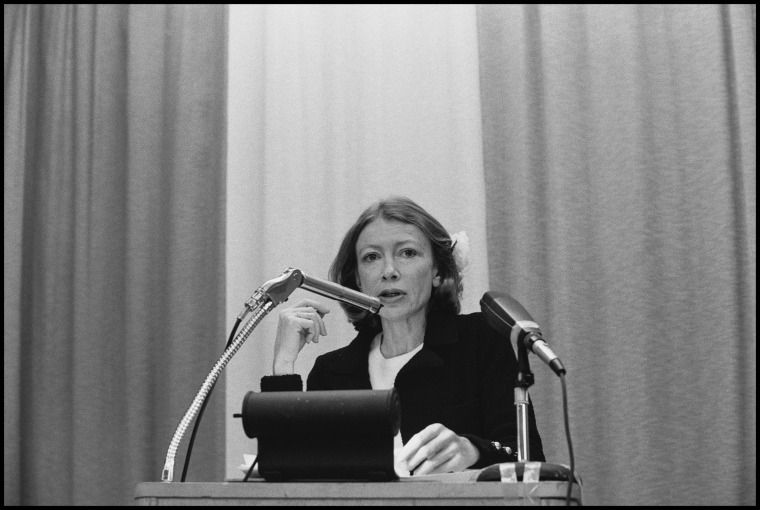
A great example of Didion's journalistic work, "Miami" paints a portrait of life for Cuban exiles in the south Florida city.
Didion writes a stunning and passionate page-turner set against the backdrop of Miami’s decline caused by economic and political changes with the refugee immigration from Cuba after Fidel Castro’s rise to power.